Leghorn Laying hen
$15.00
Currently laying
Age 5 – 13 months
vaccinated against marek’s disease
The Leghorn chicken breed boasts a rich history that traces back to early 19th-century Italy. Named after the Italian port city of Livorno, historically anglicized to “Leghorn,” this breed was developed from a combination of local Italian fowl and various Mediterranean breeds. This mix contributed to the Leghorn chicken’s notable hardiness and adaptability, which made it well-suited for egg production.
As the breed spread across the country, selective breeding practices focused on enhancing their egg production, leading to the development of several distinct varieties. The most recognized of these is the white Leghorn, celebrated for its striking appearance and remarkable egg-laying performance.
Today, the Leghorn chicken origin is not only a testament to its historical significance but also a reflection of its ongoing contributions to the poultry industry. With their vibrant personalities and impressive egg-laying abilities, Leghorn chickens continue to be a favorite among poultry enthusiasts and farmers alike, showcasing the enduring legacy of this remarkable breed.
Characteristics of Leghorn Chickens
Leghorn chickens are a fascinating breed known for their prolific egg production and lively personalities. Understanding their physical characteristics can help you appreciate the diversity and uniqueness of this breed. In this article, we will explore the various Leghorn chicken colors, their size, weight, and height, as well as the differences between Leghorn chicken rooster and hen.
Leghorn Rooster and Hen Features
Understanding the differences between Leghorn roosters and hens is essential for anyone interested in raising this breed.
| Characteristics | Leghorn Chicken Hen | Leghorn Chicken Rooster |
|---|---|---|
| Weight | Typically weighs between 4 to 5 pounds. | Usually larger, weighing between 6 to 8 pounds. |
| Height | Stands approximately 18 to 24 inches tall. | Stands approximately 18 to 24 inches tall. |
| Size and Build | Has a more delicate and slender build compared to the rooster. | Exhibits a more robust and muscular build. |
| Comb and Wattles | Features a smaller comb and wattles, which are less prominent than those of the rooster. | Possesses a prominent comb and wattles, which are striking and serve as indicators of health and vitality. |
| Feather Colors | Generally has less vibrant plumage, often in shades of white, brown, or black, depending on the variety. | Often has more colorful and eye-catching feathers, especially in the white variety. |
| Yh Behavior | Known for their friendly and curious nature, making them suitable for families and backyard settings. | Tends to be more assertive and can exhibit dominant traits, especially when they are protecting their flock. |

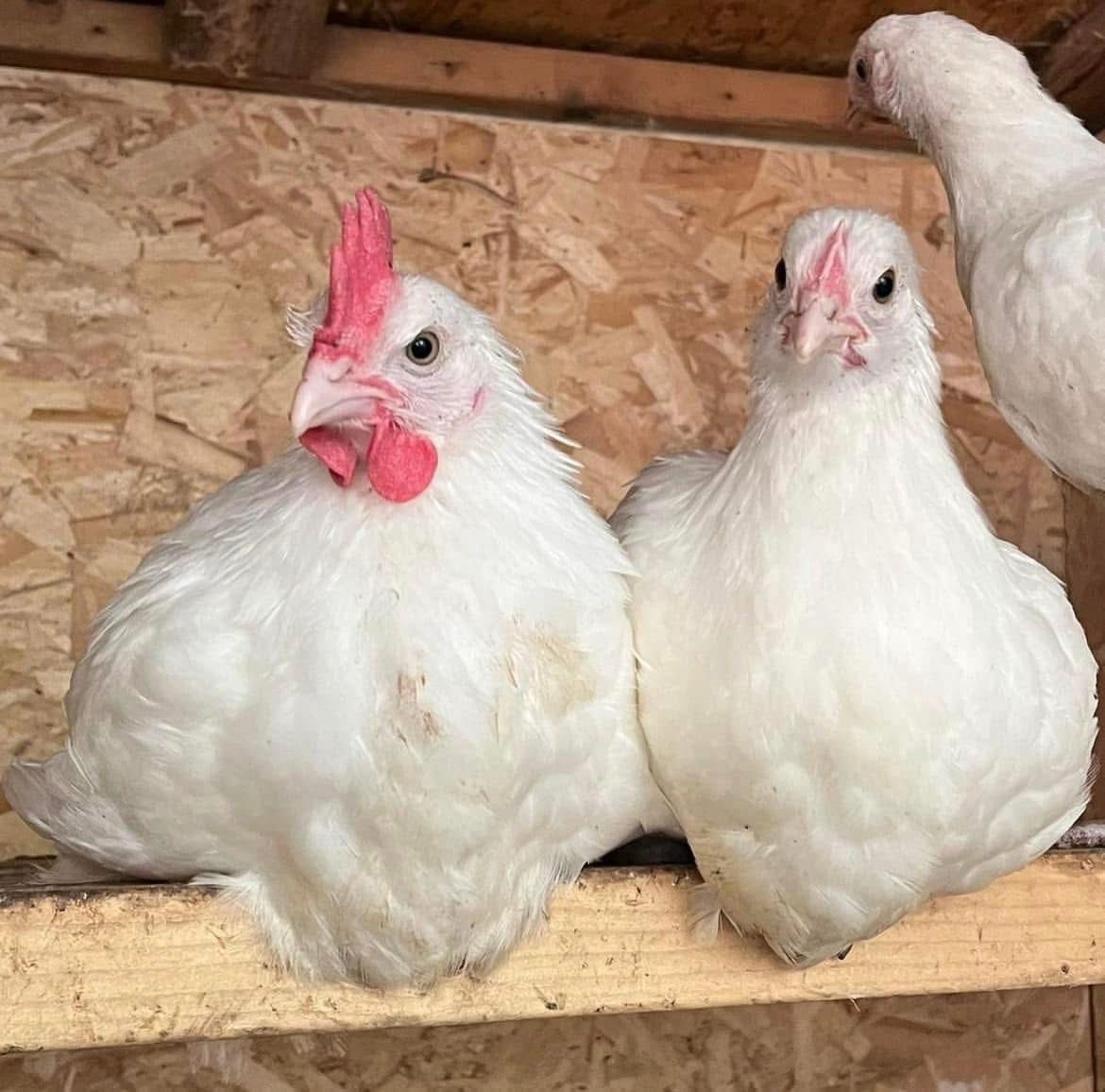
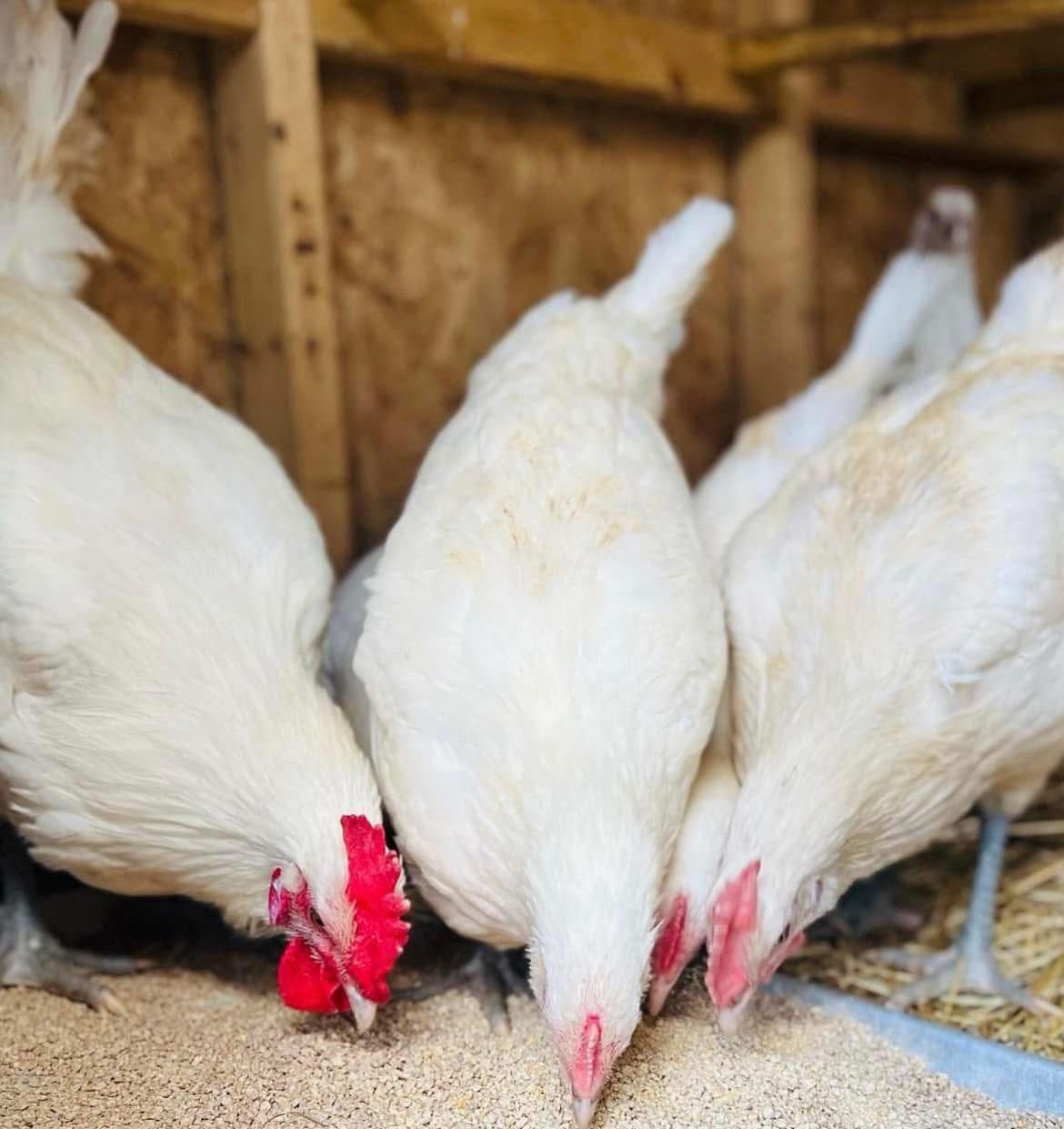
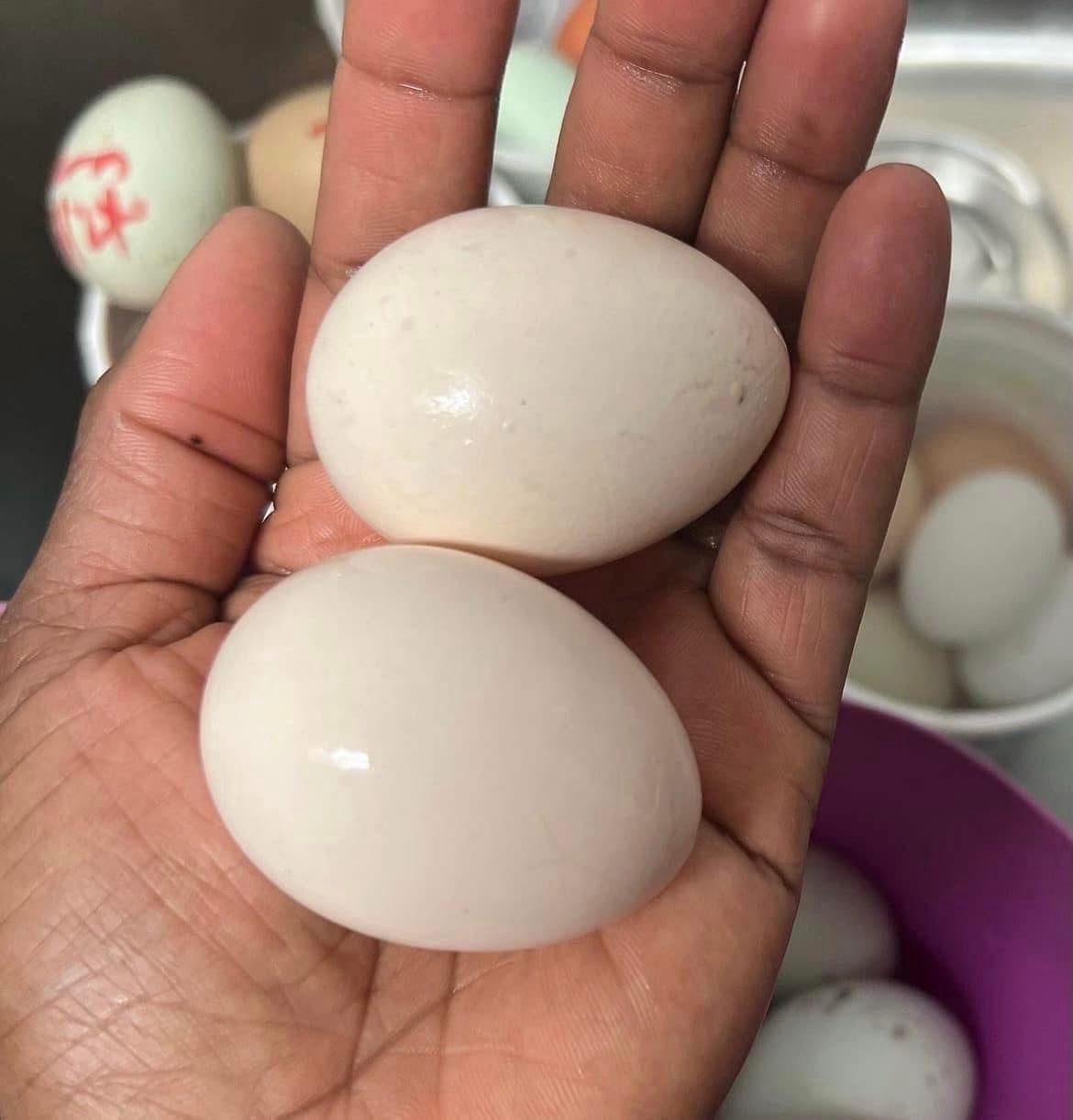
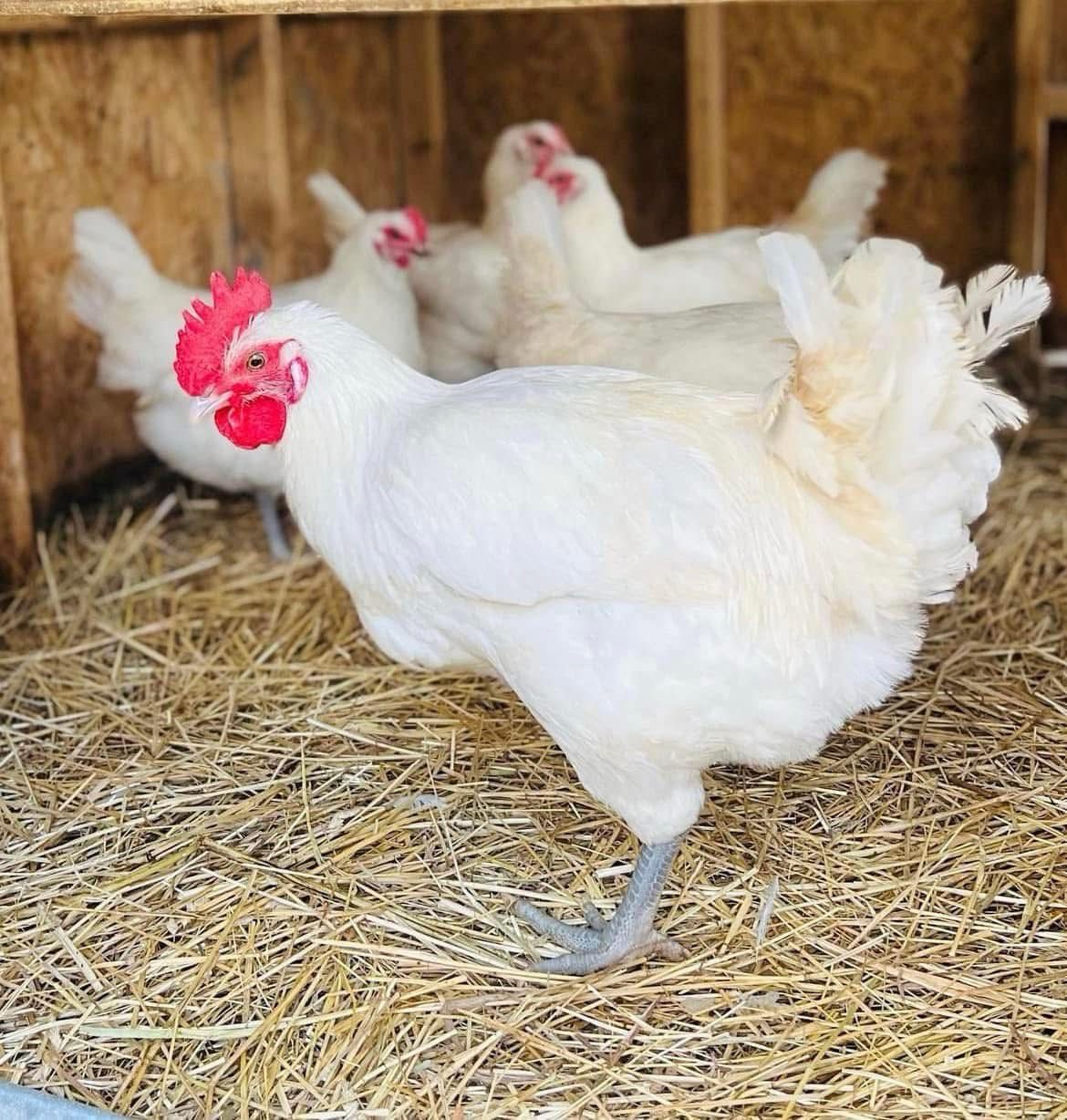
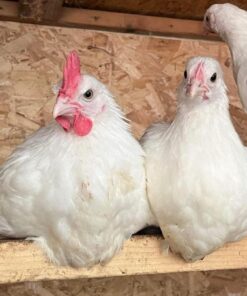
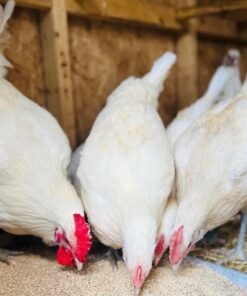
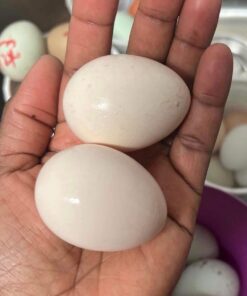

Reviews
There are no reviews yet.